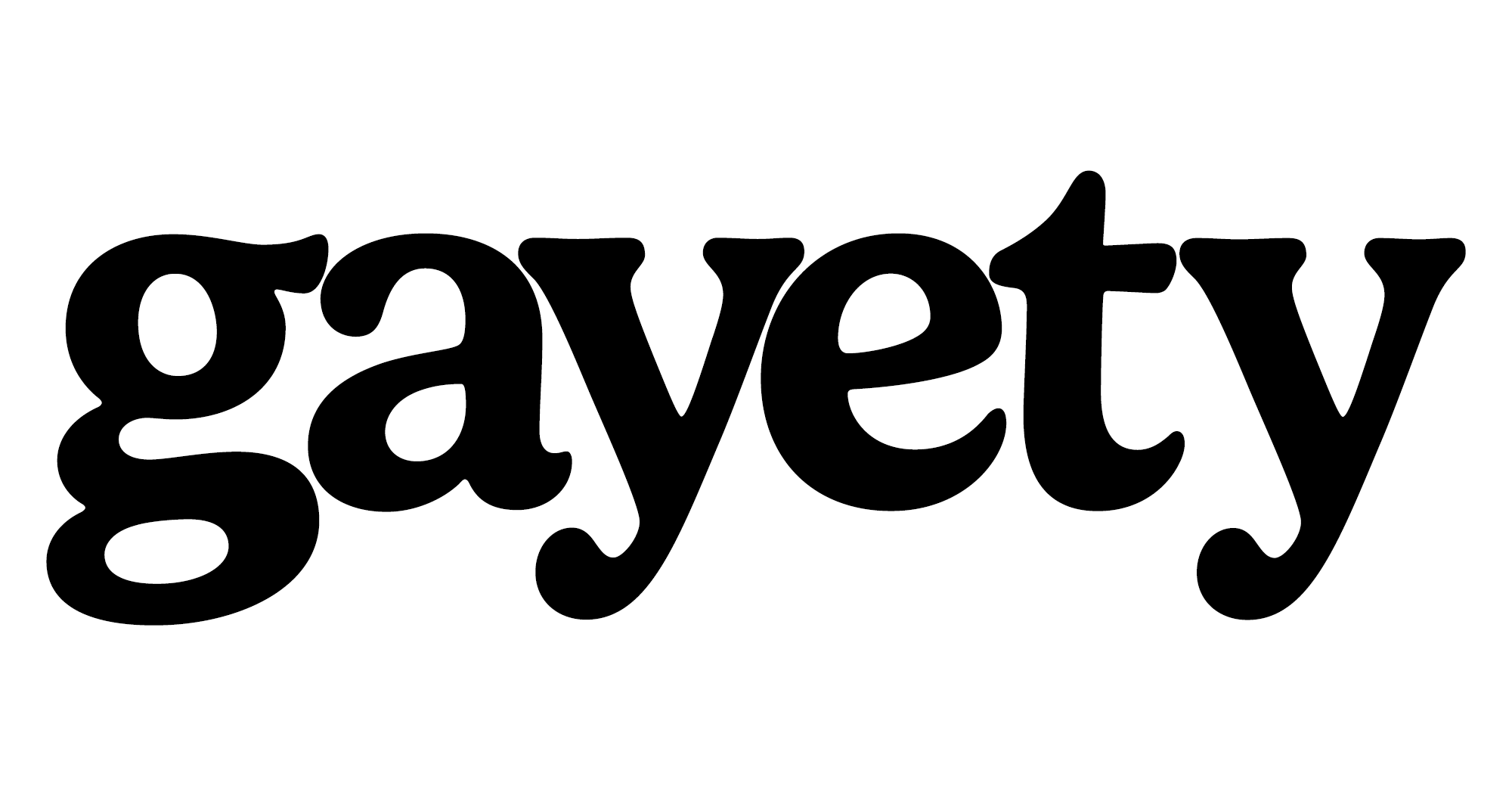Actor and singer Chord Overstreet stunned Glee fans and former castmates this week when he disclosed that a full‑frontal photoshoot he did for Playgirl during his Glee heyday was pulled from newsstands, even after it was shot, paid for, and saw strong preorders. The revelation came during a reunion on Celebrity Weakest Link and has reignited one of the juiciest behind‑the‑scenes stories of Overstreet’s early fame.
The Bombshell on Celebrity Weakest Link
On the Sept. 15 episode of Celebrity Weakest Link, Overstreet joined fellow Glee stars including Jane Lynch, Amber Riley, Heather Morris, Max Adler, Becca Tobin, Dot‑Marie Jones, Alex Newell and Jenna Ushkowitz. As the cast reminisced about touring and life on the hit Fox series, Lynch teased Overstreet about a “$100,000 offer” he’d received.
Overstreet confirmed, “I got asked to do a full‑frontal spread in Playgirl.” He then dropped the bombshell: “We shot it, and the images were so … we shot it, we filmed it.” Laughter and surprise broke out among the cast.
He added, “I pocketed the money, and it was the biggest issue that they ever had, preorders, presales. Then my publicist pulled it off the rack. So it’s out there. It’s out there somewhere.”
What Was Supposed to Happen, and What Went Wrong
At the time of the offer, Overstreet was in his early 20s and riding the rising fame of Glee, having joined the cast in Season 2 as Sam Evans. Playgirl magazine had reportedly offered him $100,000 to pose for a full‑frontal spread. Overstreet says he accepted and performed the shoot; photos were taken and the publication had strong demand from readers via preorders and presales.
However, before the issue could reach newsstands, Overstreet’s publicist intervened. The issue was “pulled off the rack” — meaning it was cancelled or removed from circulation, effectively preventing the photoshoot from being widely published. Nonetheless, Overstreet says he was compensated.
Cast’s Reaction & Lynch’s Challenge
Lynch, ever the tease, seized the moment with humor. Surprised cast members gasped as she challenged the audience: “America, I’m giving you a task. This is your mission, should you choose to accept it. Find those Playgirls!”
This playful banter underscored both the absurdity and the kind of secrecy that has surrounded the story for years. Fans have long speculated, and now Overstreet’s comments confirm much of what was rumored, though the photos themselves remain unreleased and under wraps.
Overstreet Reflects on Glee, Fame and Opportunities
Between revelations, Overstreet also reflected on how Glee shaped him professionally. He told castmates, “I loved it, it was like getting to play in front of 18,000 people. It was insane.” He described Glee as “a boot camp in the best way,” saying the experience taught him more than acting or singing classes could.
He expressed that he grew as a singer by actually doing the work: singing in the studio daily and learning from other performers brought into the show. The rigorous schedule and visibility pushed him to expand his skills.
The Questions That Still Linger
Though Overstreet’s confession clarifies many details, some questions remain. The exact status of the photos — their current location or whether any may leak, is unknown. Overstreet said, “It’s out there. It’s out there somewhere,” suggesting the material still exists somewhere in archive or private holdings.
Playgirl representatives in 2010 had reportedly said Overstreet “doesn’t even have to take it all off,” indicating the spread would not be fully nude. Yet that spread never appeared. At the time, Playgirl issued statements that “we couldn’t work it out” because “Chord’s people decided against it.”
So far, Overstreet has not made further public comments beyond the Weakest Link discussion. There has been no verification of archived copies from Playgirl, and the publicist’s role in removing the issue is still anecdotal, based on Overstreet’s recounting.
For many Glee fans, the revelation touches on broader themes of celebrity, agency, and media control. Overstreet’s story illustrates how, even when an artist accepts a project, multiple forces may limit how that work is released.



